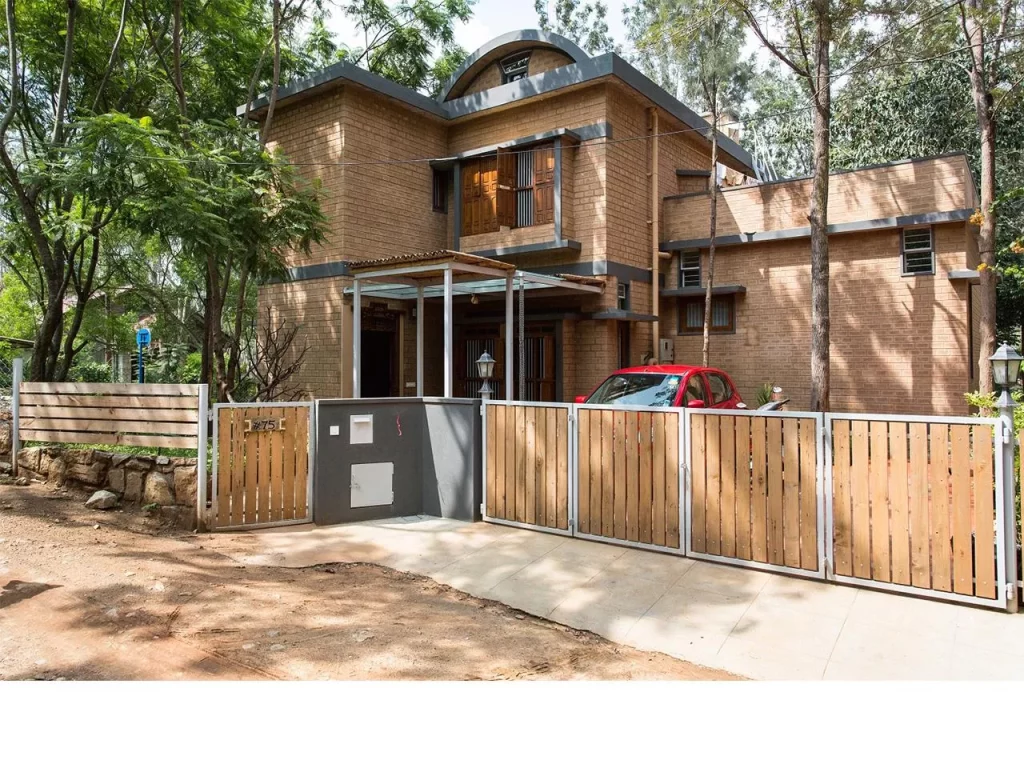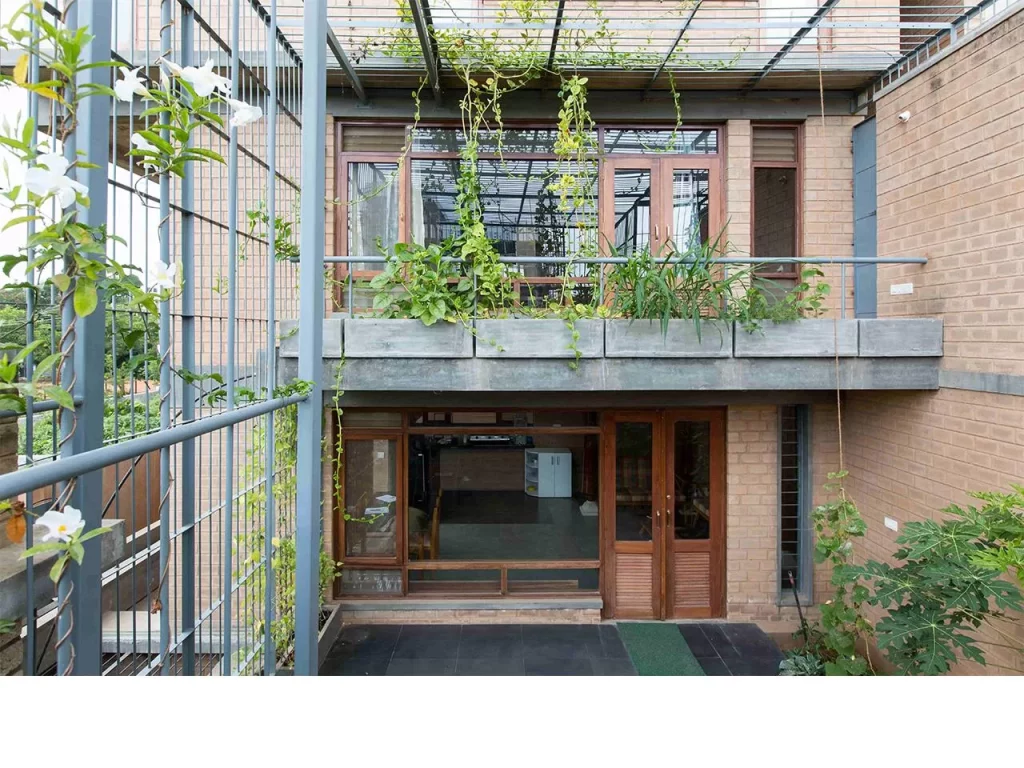In an era obsessed with glass towers, imported stone, and air-conditioned excess, Chitra Vishwanath did something borderline rebellious: she picked up mud — and built the future. While the architectural world sprinted toward shiny facades and carbon-heavy vanity, she stayed rooted, almost literally, in the soil beneath her feet. Her buildings don’t scream; they exhale. They don’t dominate landscapes; they collaborate with them. And in a city like Bengaluru, where the climate is changing faster than the skyline, Vishwanath’s work is a quiet but powerful reminder that sustainability isn’t a trend. It’s good design with its conscience intact.

A Childhood Shaped By Ecology And Curiosity
Chitra Vishwanath’s early fascination with nature, resourcefulness, and the quiet intelligence of traditional craft laid the groundwork for her design philosophy. Growing up in an India where nothing was wasted and everything was repurposed, she developed an instinctive understanding that architecture wasn’t about spectacle — it was about function, climate, community, and care. That sensibility would later become the spine of her work.
Choosing Earth When The World Chased Concrete
By the 1990s, when Indian cities were racing to embrace glass-heavy, imported-material “modernity,” Vishwanath calmly charted a different path. Instead of concrete and metal, she chose mud — specifically, stabilised earth blocks. Her reasoning was both scientific and ethical. Earth has low embodied energy, regulates temperature naturally, and is readily available. It’s recyclable, breathable, and culturally rooted. By building her own Bengaluru home out of earth, she demonstrated that sustainability wasn’t theoretical. It was practical, local, resilient, and affordable.

The Science Behind Earthy Aesthetic
What looks simple in her buildings is often anything but. Behind the raw textures and warm tones lie sophisticated systems that make the architecture perform beautifully without relying on energy-hungry technologies. Natural ventilation replaces air conditioners. Rainwater harvesting is integrated from the blueprint stage. Greywater loops keep waste out of the sewage system. Traditional building know-how meets contemporary structural engineering. Vishwanath doesn’t beautify sustainability — she operationalises it until it becomes the default, not the exception.

Biome Environmental Solutions As A Laboratory Of Ecology
At Biome Environmental Solutions, the firm she leads, sustainability isn’t a buzzword — it is the organising principle. Architects work alongside ecologists, hydrologists, and community experts to design buildings, water systems, landscapes, and public infrastructure that function as interconnected ecological units. The firm’s work extends far beyond architecture: groundwater recharge, wetlands revival, wastewater management, and ecological urbanism have become core to its mission. In many ways, Vishwanath is designing ecosystems as much as structures.
A Philosophy Rooted In People And Planet
Chitra Vishwanath’s architecture consistently places human comfort, material honesty, and environmental responsibility above visual theatrics. Her buildings are modest in scale, deeply functional, cost-conscious, and free of ego. She believes that beauty emerges naturally when a structure responds intelligently to climate, culture, and context. Her aesthetic — warm, tactile, grounded — is a byproduct of those values rather than a stylistic ambition.

Challenging The Illusion That Modern Means Glass
In rapidly urbanising cities, the idea of “modern” architecture is often equated with sealed buildings, reflective facades, and mechanical cooling systems. Vishwanath dismantles that notion with precision. To her, modernity is measured by intelligence, not appearance. A building is modern if it consumes less energy, interacts with natural forces, manages its water responsibly, uses local materials, and leaves a small ecological footprint. Her definition resets the conversation — and it’s one the climate desperately needs.
Projects That Shifted The Sustainability Conversation
Several of Vishwanath’s projects have become touchstones in India’s sustainable architecture movement. Her own residence and office demonstrate how an urban building can be almost entirely self-sufficient. Schools and community structures she has designed show the scalability of earth architecture. Her water-sensitive urban planning projects have influenced how neighbourhoods and cities view groundwater, stormwater, and sewage. Each project becomes a case study, not only in design but in ecological logic.
Craftspeople As Partners In Innovation
A crucial, often overlooked dimension of her work is the role of skilled masons and craftspeople. Vishwanath treats them not as labourers but as co-creators. Their knowledge of traditional construction techniques and material behaviour becomes as essential as the architect’s drawings. On her sites, learning flows in every direction — craftspeople adopt new scientific methods, and architects gain insight from centuries-old skills. This collaborative ecosystem strengthens livelihoods while keeping traditional craftsmanship alive.
A Legacy That Offers India A Blueprint For Resilience
In a country facing climate unpredictability, water scarcity, and urban stress, Chitra Vishwanath’s work stands as a blueprint for the future. Her designs prove that sustainability isn’t a compromise — it’s an upgrade. She has shown that buildings can be cost-effective, climate-responsive, culturally rooted, and aesthetically compelling without exhausting the planet. Her legacy is not just architectural. It is ecological, social, and systemic. By choosing earth, she gave Indian architecture something far more enduring than a style — she gave it a conscience.











